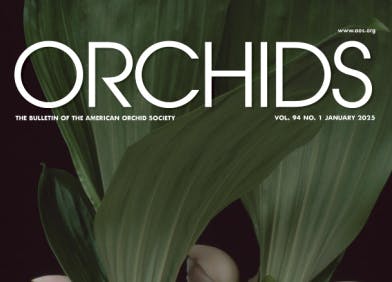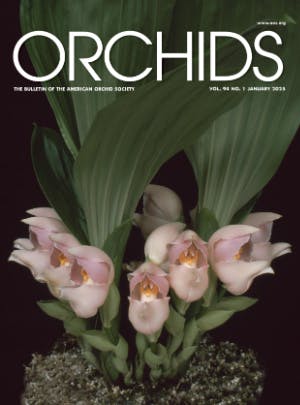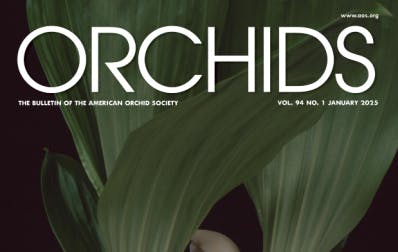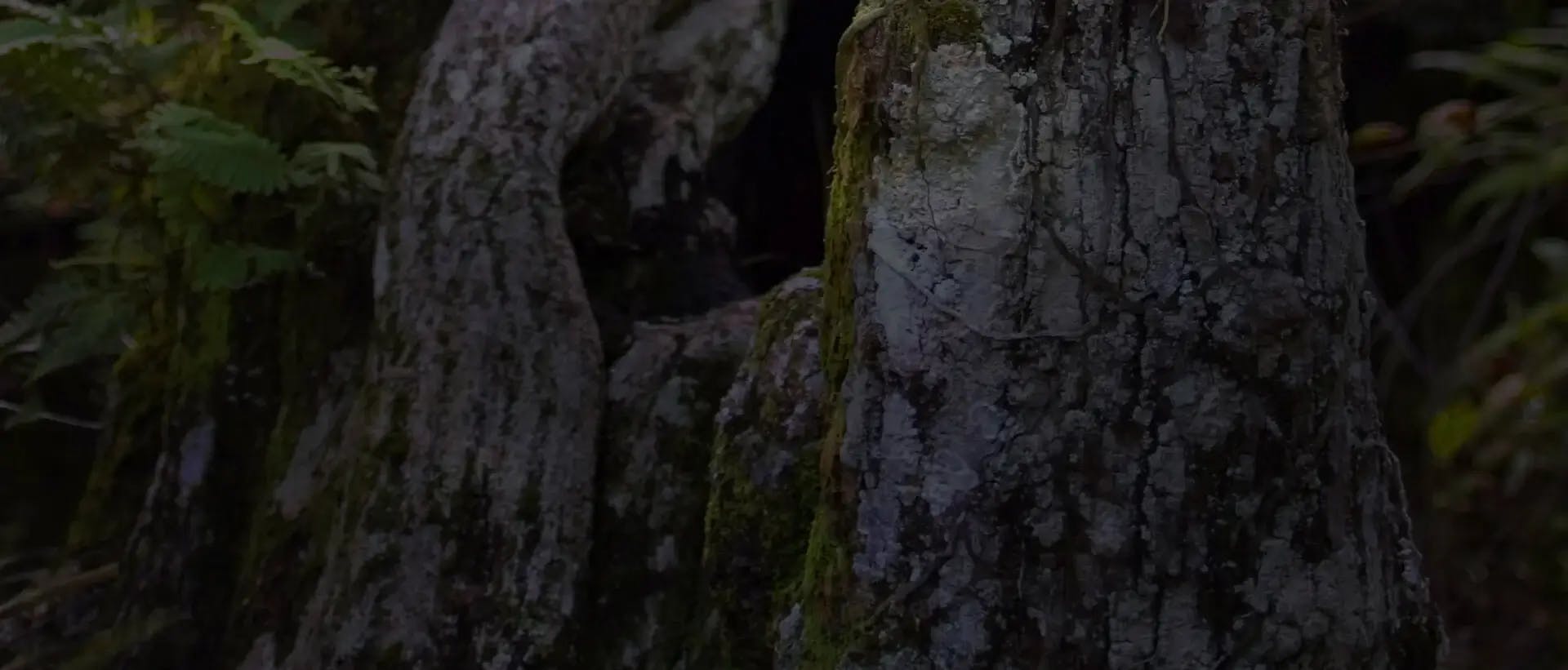
In 2012, I was sitting with some friends and telling them that 150,000 air miles per year was devastating my life: no plants, animals, or persons tolerate that kind of schedule. Half-jokingly, one of them said: “Why don’t you try frogs?”, and I, half-jokingly retorted: “Yeah - Poison frogs - Hah!” We all laughed, and the joke passed. But being the curious person I am, a few weeks later, I queried the internet, and what an experience that was! The search exploded with pictures of amazingly colored frogs! It turned out that both the United States and Europe have an extensive poison frog hobby. Who would have thought? Not long after that, I began to build my first vivarium: It was an excruciating exercise. Twenty YouTube videos, conflicting instructions, and poor equipment later, I built my first vivarium! With a fear of killing both plants and frogs, I took an entire year to figure out how to balance it all. But, with a score of 0–1, I had constructed my first biome! I thought: “Geez, I’m a mechanical engineer! How do people without my skills do this?” Not long after, I ran into Andy Phillips of Andy’s Orchids, Todd Kelly and Christina Hanson, gurus of poison frog herpetoculture, and others. I was on my way to building, experimenting and growing my collection. The crux of this early experience is that it was hard to get terrariums (they tend to break in transit) and the orchids I tried to grow would die. It left me wondering what I was doing wrong. It was not until I took several trips to the rainforest that I realized that terrarium design is a fundamental step to success, and functionality of the terrarium, coupled with the care of the plants and animals is important. The resulting years of experimenting, refining, and, ultimately, success, was the creation of In Situ’s Amazonia terrarium. Now, with a host of customers who have had success with growing orchids and animals together to bolster confidence, I am able to write this article with something more than just anecdotal evidence.
[1] Patricia Buzo orchidarium after a year’s growth.

In 2012, the state-of-the-art vivarium building in the United States was a flat- bottomed glass cube with an egg-crate substructure and a drain that, because of its inherent construction, left about an inch (2.5 cm) of water in the bottom. People would advise misting two to three times per day for 20–30 seconds. As you read this article, keep this advice in mind, and, by the end, I believe you will understand what the early failures were all about, and how we fixed them. You will also learn about In Situ’s clients’ methodology which has led to success.
Fair warning; single spoiler alert: There will be a single-question test at the end of this article for people who want to grow orchids and poison frogs together.
BUILDING THE RIGHT TERRARIUM
Four fundamental features have to be incorporated into a successful terrarium’s design: ventilation, circulation, drainage, and lighting. Ventilation is the terrarium’s ability to draw in fresh outside air and vent it out through various openings. Circulation is the movement of air within the terrarium. Drainage is the ability to move water past the roots of plants and out of the terrarium with little or no stagnation. Lighting refers to the photosynthetically active radiation (PAR), or lighting intensity, in the spectrum plants need to photosynthesize. Lighting also refers to the terrarium’s ability to provide a spectrum pleasing to humans. After all, we are doing this for pleasure, while providing for the plants’ needs. All In Situ’s terrariums incorporate all of this and are ready for their owner’s creativity to build upon.
[2] Cross-section of a properly functioning terrarium.

It is important to discuss the four features and their nuances, beginning with drainage. In nature (rainforests specifically) there are no flat surfaces except for cusps within rocks and impervious layers of sediment, lakes, ponds and marshes. This means water constantly moves past roots, leaves, branches and stems, and through soil in a way that flushes the surfaces and prevents the buildup of bacteria and fungus. Leaves are pointed to help drain water away from sensitive tissue. Water travels along the leaf, reaches the point, and drips off. To further hone in on how important this is, imagine your high school biology class where you have a petri dish of agar and have applied a swab containing some bacterial culture to it. You cover the petri dish and let it age. Within days, the dish is covered with bacteria, and the lesson is learned. There are at least four things that could have been done to thwart the progress of the bacteria. First, one could have flushed the surface of the agar with water to remove the bacteria. Second, one could have left the lid off the petri dish and allowed the agar to dry. Another approach would be to expose the surface to ultraviolet (UV) or infrared (IR) light. And, yet another, is to drop the temperature of the environment so that the processes themselves slow down or stop. All these principles contribute to keeping roots and plants healthy in a terrarium or vivarium environment: water must flush through the system with no stagnation, and tissues susceptible to disease must be allowed to dry. So, the important lesson is do not allow water to stagnate, and, set up your circulation and ventilation so that things can dry. Lighting (UV) is a little trickier to make effective because areas devoid of light (and air movement, and drainage) need the most help. To promote drainage, In Situ has adopted the sloped bottom deck approach. Europeans who commonly have terrariums and poison frogs, have been using sloped decks for decades for this very reason. The slope forces water to migrate toward a forward drain below the roots of the plants, flushing the plants’ roots as it moves through the soil. So, the concept of flushing roots is built into the terrarium and is a critical component for plants situated on the terrarium’s floor.
[3] Graphic representation of the PAR value distribution of the six-strip LED terrarium fixture.

Returning to the high school agar culture experiment, one could ask: “How could I guarantee success in getting my bacterial culture to bloom?” The answer is a scary one. Remove the lid and mist 20–30 seconds two to three times per day. Unfortunately, this is exactly what many (poison frog and orchid) hobbyists do. There is insufficient water movement to flush surfaces and just enough moisture to enable bacterial cultures to bloom. I call this “stagnant hydration” and it is the worst thing you can do to help your orchids grow successfully.
[4] Dendrobium tentaculatum in In Situ’s Alto terrarium. Note the second blooming plant on the far left.

Fresh air and air movement are important in terrarium or vivarium culture. Saturated air locked inside of a terrarium cannot dry leaves that become wet. So, a copious amount of fresh air is needed. Typically, terrariums run warmer at their tops. So, a chimney effect for drawing air into a terrarium is easy to accomplish. The important factor is that the vent area at the top of the terrarium is two to four times larger than the inlet at the bottom, to allow the low-pressure gradient from bottom to top to work.
As any greenhouse horticulturalist will tell you, circulation is important because air movement speeds the drying process as well as prevents fungal growth.
[5] Kevin O’Rourke’s Aerangis luteoalba var. rhodosticta. the bluish hue is an artifact of the LED lighting and focus issues an artifact of photographing through the terrarium walls.

Lastly, lighting and light intensity are very important features for growing orchids in terrariums. Early on, In Situ understood that ordinary “pet shop” quality lights would not deliver the spectrum or intensity needed, so, we developed lighting that can support high- to low-light growing species. During In Situ’s early research, we uncovered recommendations from the “Slipper Talk” bulletin board describing light intensities needed for growing various species of orchids. We used those recommendations and built our lighting system around it. We ended up with six LED strips and over 44 watts of power. Compared to pet shop lights, which typically use one or two strips and less than 15 watts of power, our LED arrays include red, blue, green, white, warm white and infrared diodes that help convey a natural look. Rarely has such a first attempt been so successful. We commonly hear that our lights are excellent and the people who use them are successful. It should be noted that in our large-format terrariums, we use increased capability to meet the needs of the enclosure. For example, our 6-foot (1.8 m) Orinoco has over 300 watts of lighting.
[6] In Situ’s original Alto orchidarium.

Whether one is aiming for a simple desk-top terrarium, such as our Amazonia, Alto, or Alto Vista terrariums, or one has bigger aspirations and wants epic proportions, as with our Orinoco large format terrariums, every terrarium In Situ builds has the four features we have described above built-in.
What is the ideal terrarium growing environment, and how do we apply that to orchids?
To attempt to answer this question with my limited knowledge of orchids and orchid care would be to open myself up to a torrent of criticism. So, to stem as much of that as possible, I contacted In Situ’s customer base and asked people who are successful at keeping orchids (and orchids with animals) to answer questionnaires and give me input on their methods. These people include Kevin O’Rourke from the Illinois Orchid Society, Patricia Buzo (doodlebird) from Instagram’s Terrarium/Imaginarium and Danny Lawrence from Seattle’s regional vivarium club. Lastly, I have compared my personal experience with everyone else’s. I have been successful in growing orchids personally, and the Alto terrarium in the photograph included has been growing 30 species of miniature orchids for over five years. The inputs from each of these people balanced with my own experience, allowed us to converge on a set of conditions that I think are easily achievable for the average orchid grower. And, even more exciting to me (because I am a bit of a tech junkie), all of which can be largely automated (So I do not have to think about it too much). So, trudging on to the good stuff, we begin our exploration of how to grow orchids in (properly designed and functioning) terrariums.
RULE #0
STAY WITHIN YOUR SWIM LANE
It is important to purchase orchids that can live in the environment you intend to create. Typically for terrariums, this is “warm and wet” species that live in wet or saturated environments. If you happen to have a utility room or sunroom between the bitter cold and the main part of your home, you might be able to pull off a cool-moist living climate. Better to be careful about the species you choose, than to try to make a soufflé out of scrambled eggs. The stagnant warm conditions of a lowland jungle or rainforest are very different than the windswept ridge of a mountaintop cloud forest.
Many species of orchids do well in terrariums. Just check with the retailer, and he or she will surely help. One of my favorites is Dendrobium tentaculatum. Although it blooms for just one day, I plant numerous divisions of it within the same terrarium, and, somehow, they all “know” when it is the right time because somehow all of the divisions bloom on the same day. It is like fireworks going off. Everyone loves the 4th of July!
RULE #1
REMOVE ALL OF THE SPHAGNUM AND TAKE THE ORCHID OFF OF ITS MOUNT.
Dried (dead) sphagnum in a terrarium is a sponge filled with stagnant water. So, if you want to attract bacteria to the roots of your orchid, leaving sphagnum on an orchid is a death sentence. If it does not come off easily, soak the plant and roots in water and tenderly remove all the debris. I use a soft toothbrush to help with this process if the roots are particularly knotted. It is important to get all the sphagnum off. It should be noted that growing conditions listed on labels often indicate “let dry between waterings.” So, greenhouses sometimes go for days, allowing the plants to thoroughly dry. The drying process kills off the bacteria and keeps the plant healthy. However, it should be noted that “let dry out between waterings” and dead sphagnum under the roots of the plant do not exist in the rainforest. I suspect that if dead sphagnum were placed under the roots of orchids growing in an actual rainforest, it would kill the plants, just like we did before developing this new methodology. Getting closer to something that does exist in the rainforest is one of the benefits of growing orchids in terrariums. If orchids could feel, I imagine them feeling “liberated” when the sphagnum comes off.
RULE #2
APPLY A SMALL AMOUNT OF LIVE MOSS TO THE NEW MOUNT.
Orchids in the wild grow their roots in the moss that covers the branches of trees. So, there is a natural relationship between the two. Whatever reason allows the relationship to exist, it plays a role in terrarium culture, and we take advantage of it. Just apply a small amount of live moss to the mounting surface. Do not overcompress the roots onto it when you tie the orchid to the mount. If the moss overtakes the orchid during its growing cycle, just pull off the excess moss and discard it.
RULE #3
COMPLETELY SATURATE AND FLUSH THEnTERRARIUM EVERY MORNING
Both Kevin and Patricia hand water their plants in the morning. At In Situ, I have an Apex control system that turns on the misters at 7:00 am and runs for 10 minutes straight. Danny Lawrence has a timer that turns his misters on and off. All these methods cause an excess of water to flush across the mounted orchids, drip through the terrarium’s soil and out the drain tubes at the bottom. Within a few hours, this saturation event is completely non-evident, as everything has dried out.
Rainforest droplets are nearly pure water. So, I should mention that all of the customers I have queried either have less than 150 parts per million (PPM) total dissolved solids (TDS) in their water supply or, have installed reverse osmosis water systems or use distilled water to help get the water quality that we need.
Remembering our petri dish with agar… What do you think happens if you flush the agar surface for 10 minutes straight every day? Would you even get a bacterial culture to bloom? Considering the actual rainforest, where fungus and bacteria thrive, can you imagine how important it is for the orchids to get daily rain to wash off their roots?
Left: YouTube video on the importance of drainage; center: Instagram video of fog in the terrarium; right: Kevin O’Rourke’s orchidarium tour on Shopify.com;

COROLLARY #1
ORCHIDS LOVE FOG
Unlike Kevin, Patricia blasts her orchids with fog more than 10 times a day for 15 minutes at a time. In Situ had an experience where we went from “no fog” to “copious fog” (fogging every 30 minutes for a retailer’s display). The result was that the plants and orchids grew much more vigorously. Today, we recommend fog to anyone who wants to grow orchids and rainforest plants. And maybe being just a little theatrical, watching the fog roll into your terrarium is just about the coolest “almost cloud forest” thing you can do. We provide a fog adapter for our desktop terrariums and build a fog system in our large format designs. So, fog is relatively easy to achieve. Patricia has a popular Instagram channel where she shows off her orchids, as well as provides instructional videos, such as how she created her orchidarium.
COROLLARY #2
ORCHIDS AND FROGS ARE NOT USUALLY FRIENDS BUT THEY CAN BE
Putting poison frogs and orchids together did not stop Danny Lawrence. He called and asked what our recommendations were for growing orchids and frogs together, and we took a bit of a risk and told him to mist for at least 15 minutes per day. The idea here is to get feces, urine, and bacteria carried by the frogs washed from the plants and terrarium surfaces, and flushed from the system. Dr. Brad Wilson, DVM, presented an argument to the 2022 American Frog Day dinner lecture that to keep healthier frogs, their enclosures should be flushed regularly (to get rid of pin- and hookworms that tend to be in frog feces). Further, while visiting Mr. Ruud Schoeten of Dutch Rana (Heerlen Netherlands), Mr. Schoeten advised that he regularly saturates his terrariums, for an hour at a time, to help keep things flushed off. So, as a benefit to both frogs and orchids, if you are going to keep frogs and orchids together, be generous with flushing or misting cycles.
COROLLARY #3
ORCHIDS MIGHT LIKE SEASONAL CHANGES
Both Patricia and Kevin adjust waterings and fertilizer, as well as take advantage of the terrarium’s natural position within their homes to achieve small temperature differences. For example, Kevin’s terrarium sits next to a window that gets cold in the wintertime. They both also adjust watering, allowing the terrarium to dry out slightly in the wintertime. Although, to me, this seems backward. The wet season in the South American rain forests is typically associated with North American winters.
Are there ever really any conclusions regarding growing orchids? Orchids are a diverse family, and, as I finish writing this article, I am sitting here wondering if I will be able to pull off the cool environment the lepanthes I just received need (and have no experience with) and if they will stand up to the advice in this article. So, with the hesitance of anyone humbled by attempting to grow orchids, I summarize by saying: choose a terrarium designed for the job. Flush your orchids daily, let them dry out seasonally, reacquaint your orchids with the moss they are familiar with, and above all, remove stagnation points that meet roots, especially dead sphagnum.
I wish you all success with your growing adventures and hope to meet many of you as time and circumstances allow.
CAN YOU PASS THIS TEST NOW?
At the beginning of this article, we promised a one-question test at the end. We want to shift the paradigm and change minds if we can. So here it is: “What happens to your orchids if you mist two or three times per day for 20–30 seconds?” If you can answer this question, you are likely well on your way to success!
— Bill is a former aerospace engineer turned rainforest enthusiast. His passion for developing innovative products focused on rainforest terrariums when his exhaustive travel schedule precluded just about any other living thing in his home. After years of experimenting and development, he started In Situ Ecosystems and built the world’s first rainforest oriented “ecosystem” enclosure. Through In Situ’s client relationships, a deeper understanding of orchids and how they like to grow has resulted in our ability to share his experience. Now, In Situ’s enclosures are used in offices, homes, hospitals, and conservatories to house and care for rainforest plants and animals throughout the USA and United Kingdom (email bill@insituecosystems.com).












